From the December 2023 issue of Apollo. Preview and subscribe here.
Before the Industrial Revolution and the great shift of population from countryside to city, most dogs were kept to do a job: herding, guarding, hunting, racing, ratting. Of course, many dogs were also, some exclusively, beloved pets. But on or about the first half of the 19th century, canine character changed, the importance of dogs as companions began to outweigh their role as employees or co-workers. Virginia Woolf alluded to the change in Flush (1933), her biography of Elizabeth Barrett Browning’s cocker spaniel, in which Flush’s descent from a line of working spaniels and his early life in the countryside are contrasted with a new housebound existence as the pet of a valetudinarian Victorian poetess. One symptom of the change in dogs’ status was the rise of dog shows and field trials. In 1873, Mr Sewallis Shirley MP – ‘best known for his development of the flat-coated retriever’, says the Oxford Dictionary of National Biography – founded the Kennel Club to bring consistency to competition rules and promote the welfare of the competing dogs. Since then, the club has become the owner and promoter of Crufts, the world’s largest dog show, and the final authority on breed characteristics and pedigree. In its 150th year the club still thrives, since 2016 – as a result of shrewdness and luck in the property market – at purpose- built premises on Clarges Street in Mayfair, a slightly incongruous presence in the land of hedge-funds and galleries. (The administrative offices are on an industrial estate in Aylesbury, to balance things out.)
Here, the Kennel Club has its own gallery, the core of what it confidently claims is the largest assemblage of doggy art in the world (its junior cousin the American Kennel Club, est. 1884, may own more art, but not all in one place). The art spills out all over the building – crowding the walls up the stairwells, along the corridors, in the public rooms; the gallery itself is tucked away in the basement, next to the library, which likewise claims to be the most comprehensive collection of dog-related literature: among the library’s treasures is a copy of the first book about dogs published in England, De canibus Britannicis libellus (1570), by Dr John Caius, half of Gonville and Caius and physician to Elizabeth I – written in Latin, but the library has photocopies of Abraham Fleming’s translation, Of Englishe Dogges (1576). It’s notable that Caius doesn’t mention breeds, dividing dogs up by what they did: terriers will tear a fox with their teeth ‘in the bosome of the earth’, harriers hunt by scent, mastiffs guard against thieves, robbers and spoilers. There’s also the ‘gasehound’, what we’d now call a sighthound – greyhounds, whippets and the like: ‘These Dogges are much and usually occupyed in the Northern partes of England more then in the Southern parts,’ Caius says – the image of the northerner with a whippet goes back a long way. The library also holds a pamphlet of 1643 about Boy, the white poodle that belonged to Charles I’s nephew Prince Rupert, which accuses the animal of witchcraft, alleging that among other things he was weapon-proof and could walk invisible and curdle custard. Sure, your modern labradoodle may not shed hair, but have we really advanced?
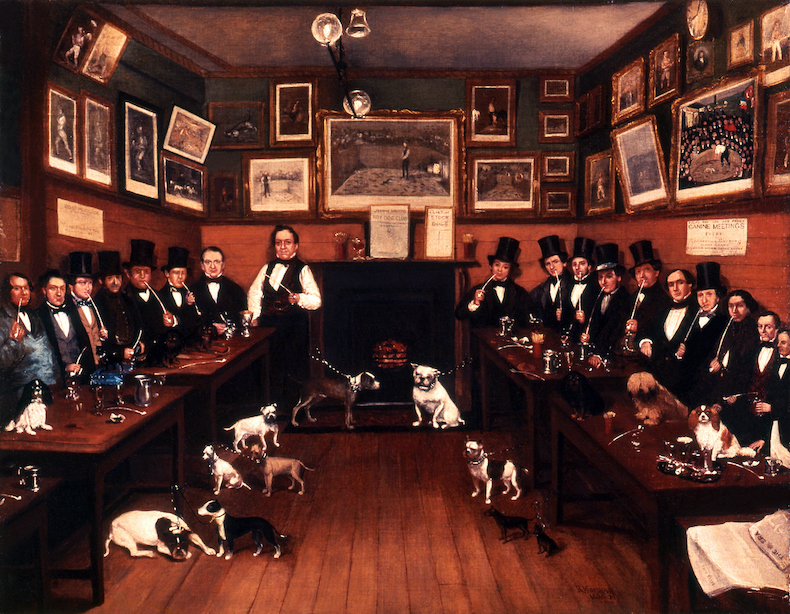
An Early Canine Meeting (1855), R. Marshall. Photo: courtesy of The Royal Kennel Club
Dog portraits, as a genre, tend towards the anthropomorphic, the sentimental, the kitsch – dogs being comical, or excessively loyal. There was plenty of that sort of thing, much of which can be laid at Edwin Landseer’s door, in ‘Portraits of Dogs: From Gainsborough to Hockney’ at the Wallace Collection earlier this year, though that show also contained some marvellous works of observation: Leonardo sketches of a dog’s paws, the Roman stone dogs known as the Townley Greyhounds, a Maltese terrier by Stubbs. At the Kennel Club dogs are, for the most part, being celebrated as exceptional specimens of their kind; the art may flatter, but the dogs are not furry substitutes for humans. On the left as you enter is one of Landseer’s better dog paintings, on long-term loan from the Tate: A Distinguished Member of the Humane Society (1831), supposedly a portrait of Bob, a celebrated Newfoundland who over the course of 14 years saved 23 people from drowning in the Thames. (The accompanying label explains that Landseer couldn’t get hold of Bob, so this is actually a portrait of another Newfoundland named Paul Pry.) Around the corner is a print of Arthur Wardle’s painting The Totteridge XI (1897), representing 11 of the fox terriers famously bred by Francis Redmond at Totteridge in north London; the original is upstairs in the members’ room, but this print is paired with a show lead worn by one of the dogs, Ch. Donna Fortune (Ch. for Champion). Across from there, a painting from 1906 by Margaret Collyer of Ch. Fair Weather, a celebrated Old English sheepdog, sits above a cabinet containing all the medals she won, a haul that would impress a Soviet field-marshal. On a low table nearby is a bronze by Patsi Ann, a specialist in dog sculpture, of Ch. Cracknor Cause Celebre, a Norfolk terrier who was Crufts Best in Show in 2005 – she’s portrayed standing on her hind legs with her forepaws held up against her chest, a pose she reportedly enjoyed, though it makes her look rather like a child in a dog costume. (Not enough is made of the inventive madness of dogs’ show names: Crufts winners since then have included Araki Fabulous Willy, Hungargunn Bear It’n Mind, Afterglow Maverick Sabre – who sounds like a selection of men’s colognes – and McVan’s To Russia With Love.)
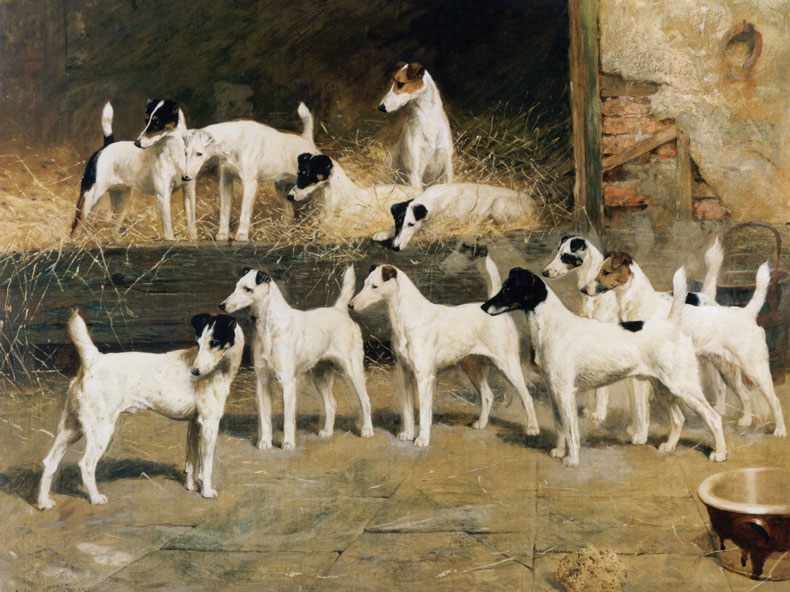
The Totteridge XI (1897), Arthur Wardle. Photo: courtesy of The Royal Kennel Club
At the moment, the gallery has a display marking the Kennel Club’s 150th anniversary, which includes trophies, officials’ badges, photographs, an old stud-book, and miscellaneous mementos of the part played by women in the club’s history (despite not being admitted as full members until the 1970s) and its long association with the royal family, one of the few other institutions quite so interested in pedigree. There are also objects that predate the club’s founding: R. Marshall’s painting of An Early Canine Meeting (1855) shows the weekly assembly of Jemmy Shaw’s dog club at the Queen’s Head on Piccadilly, top-hatted men, some puffing on long-stemmed clay pipes, some small dogs and, on the walls, pictures of other dogs, such as the ratter Billy, a one-eyed bull terrier who in 1823 killed 100 rats in five and a half minutes, a record that remained unbroken for 39 years. Even further back – much further back – the oldest objects in the gallery are a Roman bronze dog amulet, mudlarked along the Thames a few years ago, and a first-century silver coin with a wiry dog on the obverse, minted for the British leader Cunobelinus, whose name is usually translated as something like ‘strong dog’. It’s a reminder that the roots of dog-owning and dog-loving go deep; in comparison, the Kennel Club, at 150 years old, is little more than a pup.
From the December 2023 issue of Apollo. Preview and subscribe here.
Unlimited access from just $16 every 3 months
Subscribe to get unlimited and exclusive access to the top art stories, interviews and exhibition reviews.

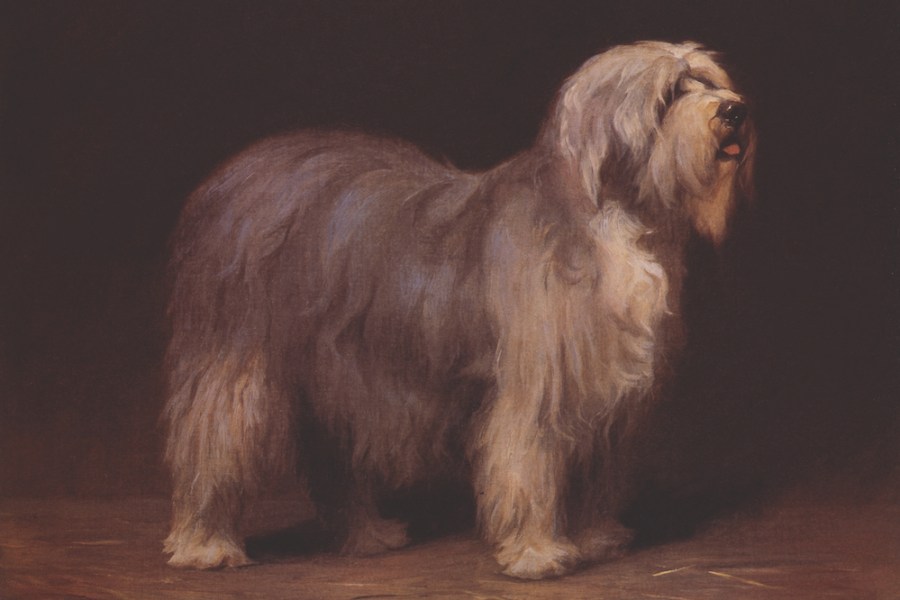
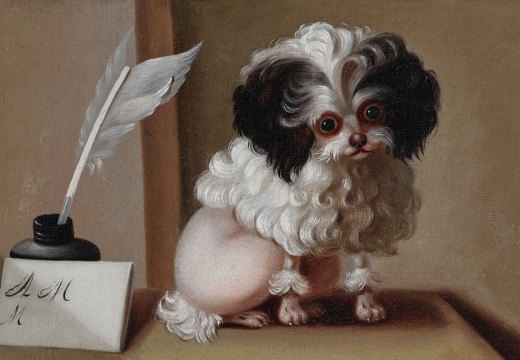
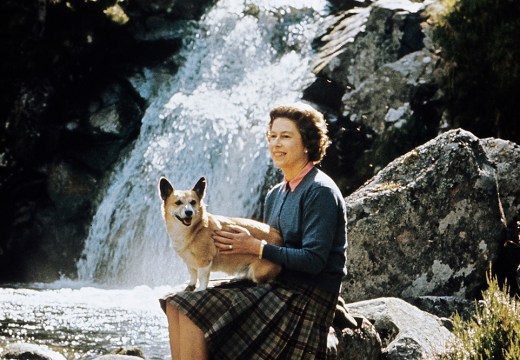
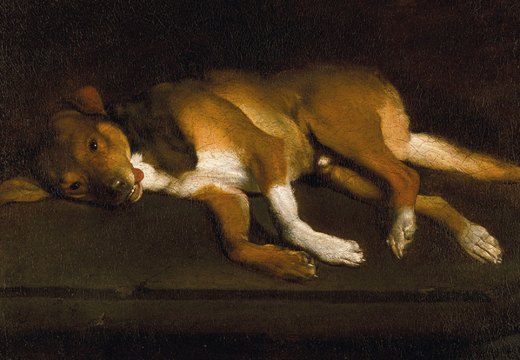









![Masterpiece [Re]discovery 2022. Photo: Ben Fisher Photography, courtesy of Masterpiece London](http://www.apollo-magazine.com/wp-content/uploads/2022/07/MPL2022_4263.jpg)
Has the Fitzwilliam lost the hang of things?